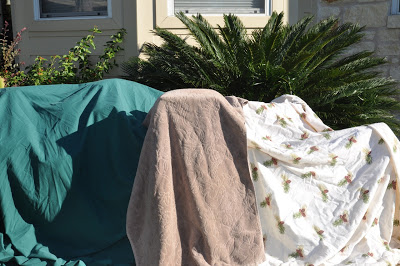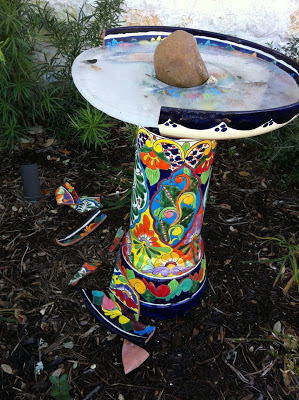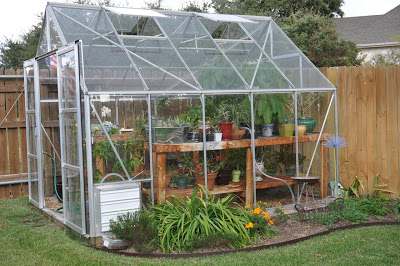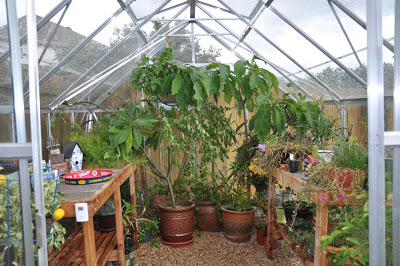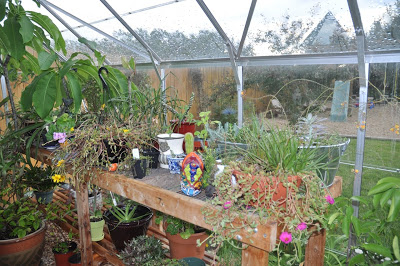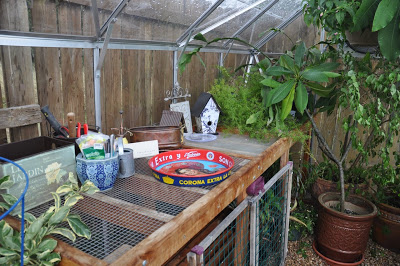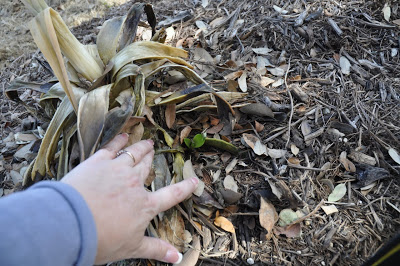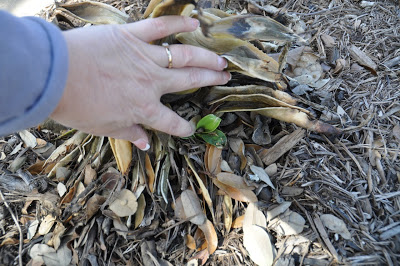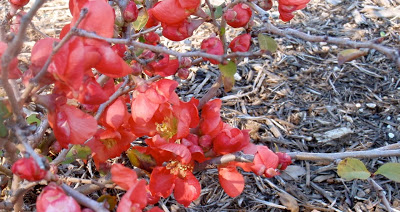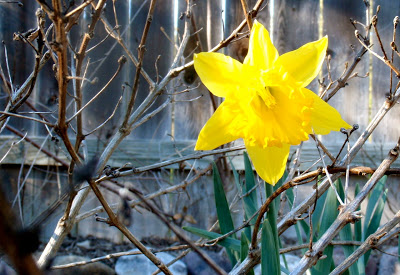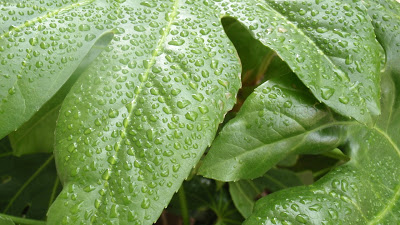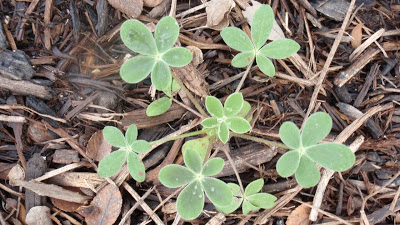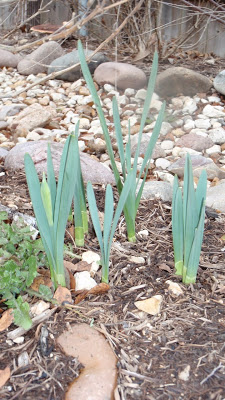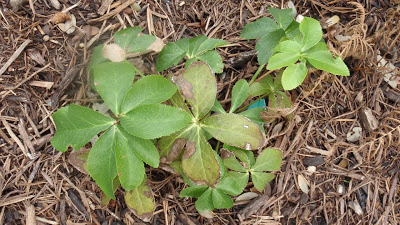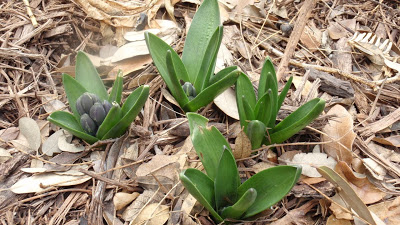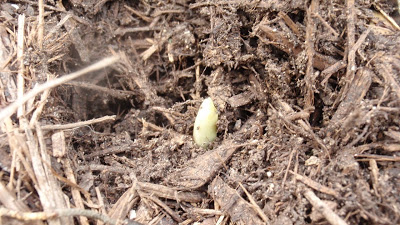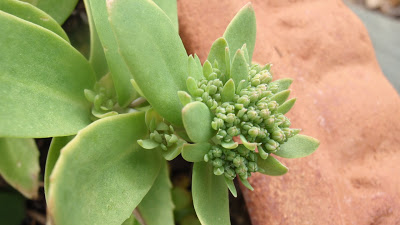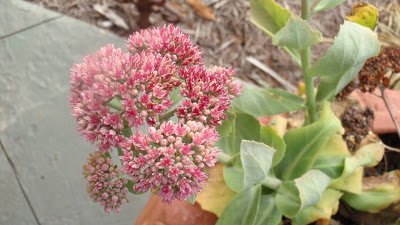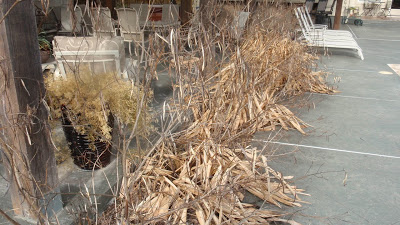The frost and the frantic freeze frenzy…
Maybe you don’t talk about it, hiding it like a bad plant in the back of your garden.
When the cold winds blow and the forecasts foretell of frigid temperatures, do you do the…
…frantic freeze frenzy?
Sssshhh…I won’t tell any one, honest.
But I’m sure I’ve seen you — lurking about at night, all covered up in dark clothing, sheets, blankets, Christmas lights and rocks in hand. Furtively darting about in a futile attempt to keep wind, rain and ice off of your precious plants.
Fingers numb and stiff, ears red and raw, you’ve braved the elements.
You truly believe that man (or woman) can win out over nature. Surely your clever plan to secure your contraption will hold and save the day (or night).
Is this you? Do you see yourself in this post? Isn’t it time to step out into the light and admit it?
You do the frantic freeze frenzy to protect your precious plants in the winter. Don’t you?

